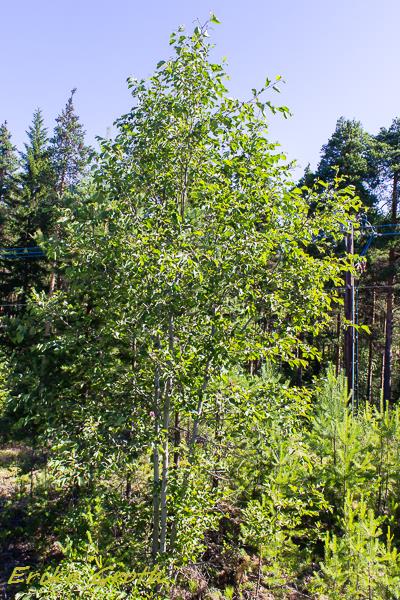


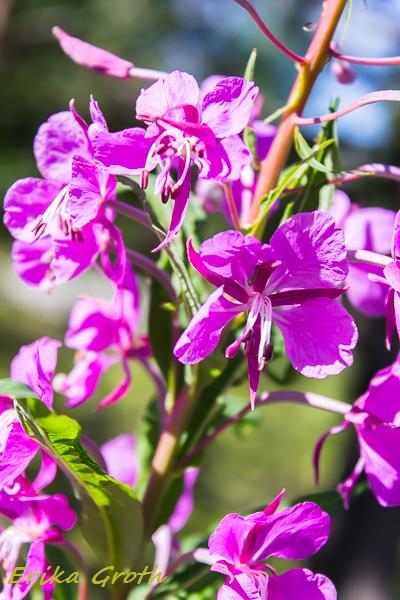
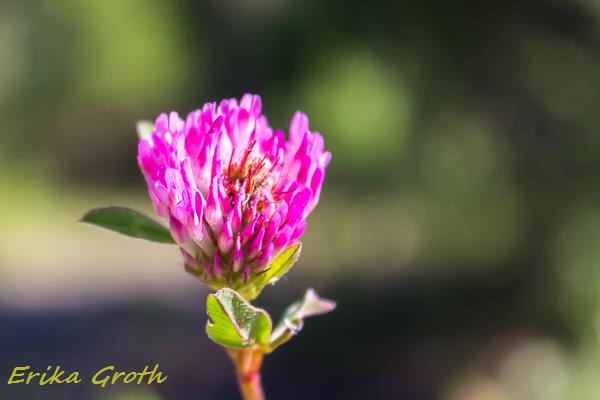


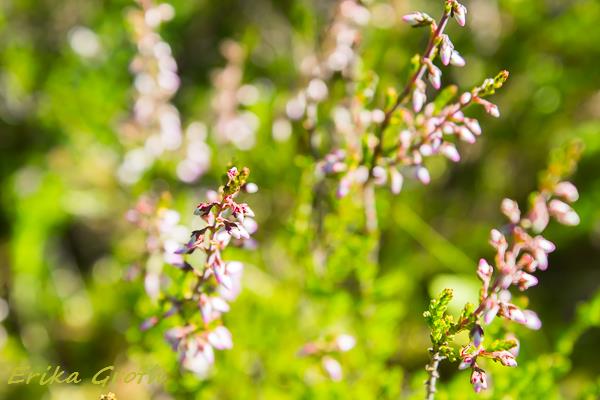
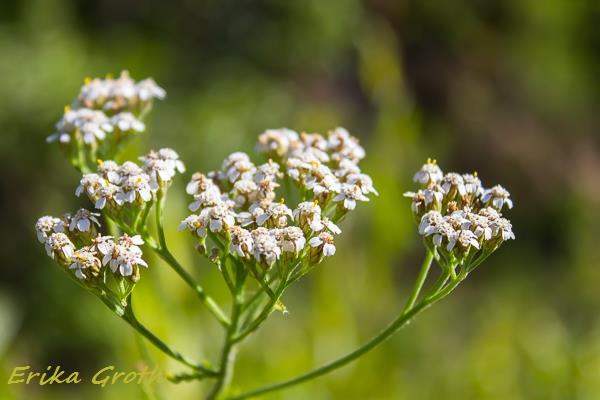
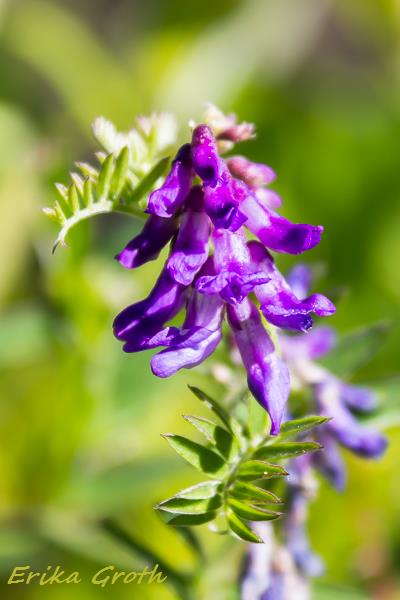
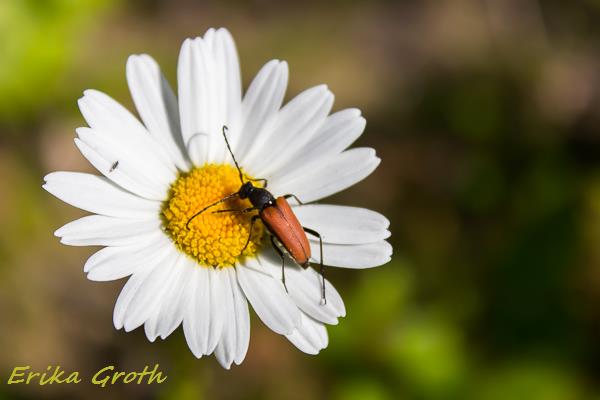
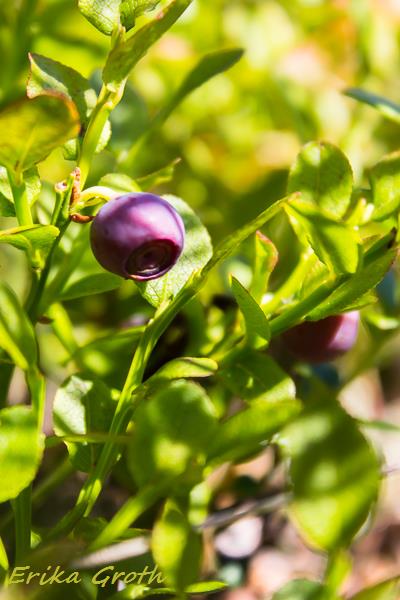
Det är högsommar. Alen är full av gröna blad. Och runt omkring den blommar det. Strax intill alen blommar bland annat rallarros (också känd som mjölke eller mjölkört eller diverse lokala namn), rödklöver, vitklöver, gullris, ljung, röllika, kråkvicker och prästkrage. Och blåbären börjar bli blå även om de fortfarande är för sura för att vara goda.
******************************************************
IN ENGLISH:
It’s the middle of summer. The alder tree is full of green leaves. And the flowers are in bloom all around it. Fireweed (a.k.a. great willowherb or rosebay willowherb) (Chamaenerion/Chamerion/Epilobium angustifolium), red clover (Trifolium pratense), white clover (Trifolium repens), European goldenrod/woundwort (Solidago virgaurea), heather (Calluna vulgaris), yarrow (Achillea millefolium), cow vetch (a.k.a. tufted vetch, bird vetch, blue vetch or boreal vetch) (Vicia cracca) and oxeye daisy (Leucanthemum vulgare a.k.a. Chrysanthemum leucanthemum) are in bloom next to the alder. And the bilberries (Vaccinium myrtillus) are starting to turn blue although they are still too sour to taste good.
******************************************************
Fotona är tagna den 12 juli 2022.
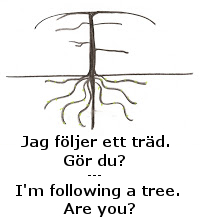 Kolla även in andra trädföljare på The Squirrelbasket (internationellt).
Kolla även in andra trädföljare på The Squirrelbasket (internationellt).

What wonderful wildflowers – they still seem so abundant in your part of the world.
Interesting about the naming of rosebay willowherb (as I usually call it). Here I see it is also called bombweed (possibly in London after the blitz in World War II) and in America fireweed. It certainly brightens a lot of derelict sites – but it’s lovely to see it in more natural surroundings.
I always think of Scandinavia when I hear the word bilberry. I had a Norwegian friend who once treated us to bilberry jam.
All the best until next time 🙂
In Swedish botany books rosebay willowherb is always called either mjölke or mjölkört (milk herb), which hardly anyone actually calls it ever. I don’t know why taxonomists keep insisting on those Swedish names, especially since often they don’t even use them themselves. Most people call it rallarros (navvy rose). Especially in northern Scandinavia it is very common and grows more or less everywhere.
Lovely fresh green leaves on your tree, and lots of interest around it as shown in your photos. xx